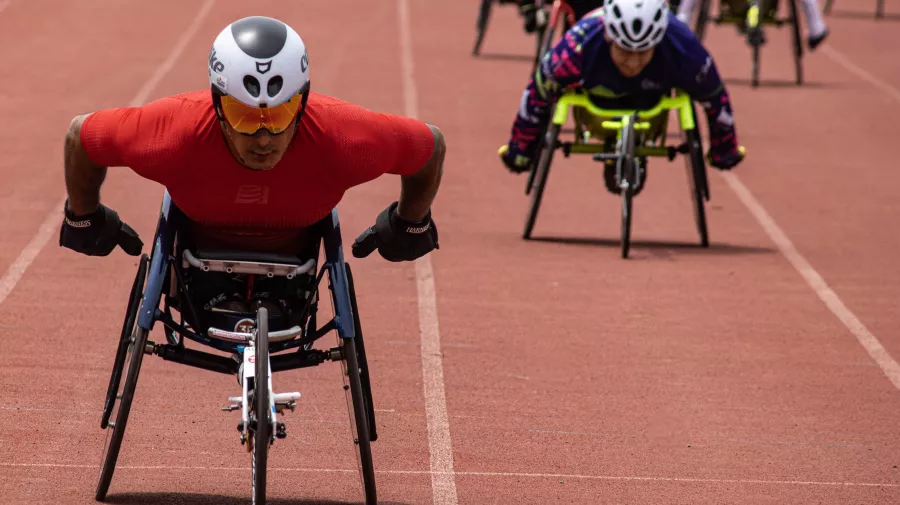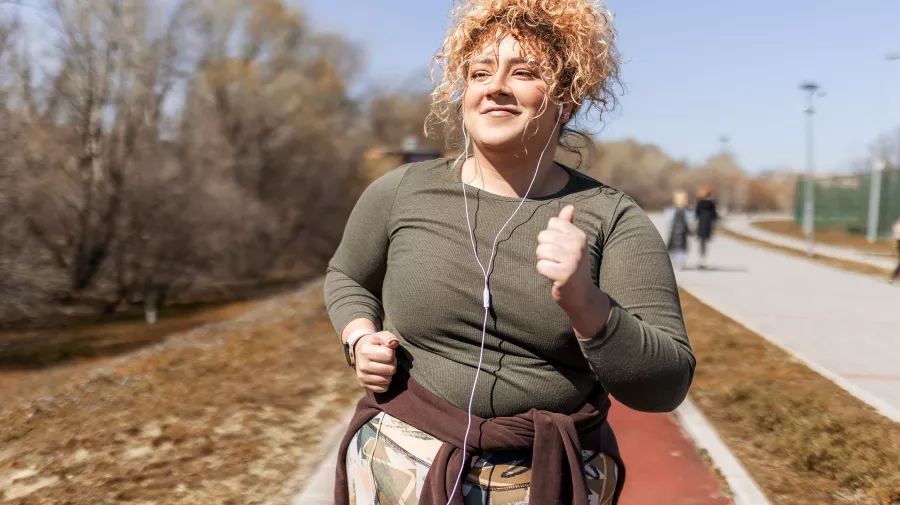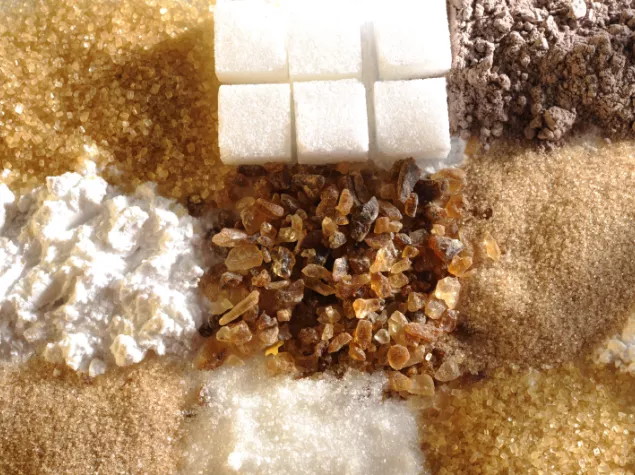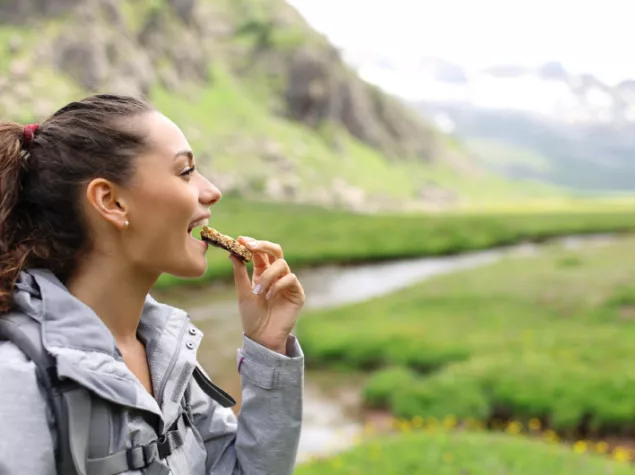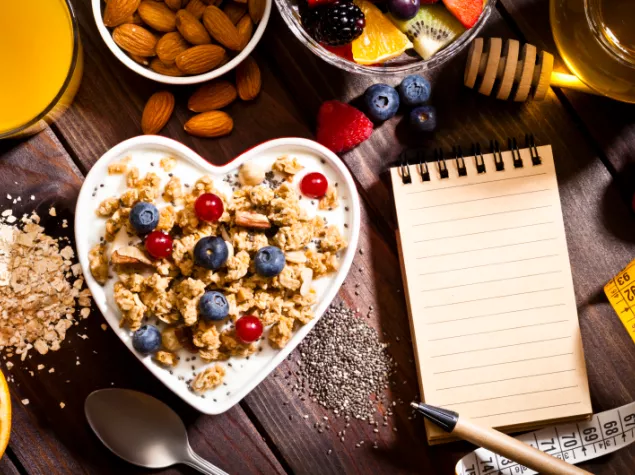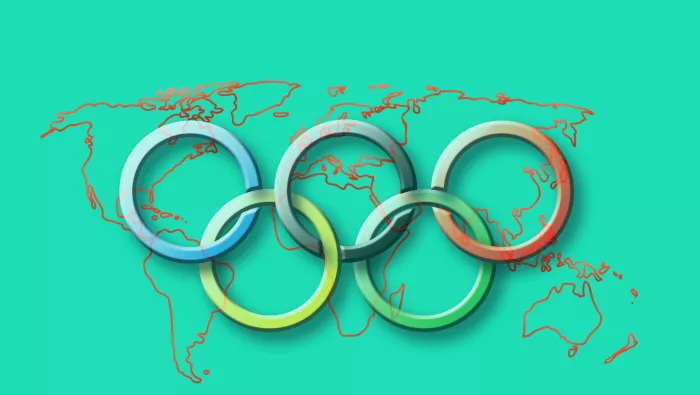
This content is authored by Registered Nutritionist Dr Anna Wittekind BSc Nutrition & Dietetics, MSc Sports Science (Fitness & Health), PhD Sports Science, RNutr.
Sugars and sports performance
The importance of nutrition to support sports and exercise performance is well established. To perform at their best in competition, athletes need to consider specific features of their chosen sport to determine to what extent their diet may need to differ to that of the general population. In this article, Registered Nutritionist Dr Anna Wittekind considers whether, and to what extent, dietary sugars intake might feature in these differences, in order to impact sports performance.
How and why do carbohydrates, including sugars, fuel sports performance?
Many sports, such as sprinting, tennis or football, rely on performing an activity or skill as quickly as possible, which requires the fast production of energy. One of the fastest fuels we use to provide energy is carbohydrate – mostly in the form of glucose (1). Carbohydrates come from starchy foods (e.g. bread, pasta, rice, and vegetables) and sugars. Sugars come from foods which naturally contain sugars, such as fruits and vegetables and dairy products, and from added sugars such as sucrose (table sugar) or sugars added by manufacturers to foods and drinks. We store carbohydrate in our muscles and liver as glycogen. This glycogen can be called upon to provide energy (glucose) when we need it, and to maintain blood glucose levels. However, these stores are limited and so in longer duration sports, such as field-based team sports (football, hockey) as well as long-distance cycling, marathon running and triathlons, athletes can benefit from taking on board carbohydrate during exercise - that’s if the rules and features of the sport allow for taking in fuel during the event. This carbohydrate can help substitute for, or supplement, our limited internal stores. Once these internal stores run low, we have to rely more on using fat for energy, which can only provide energy at a slower rate.

